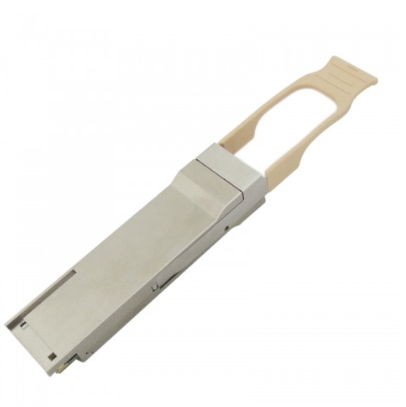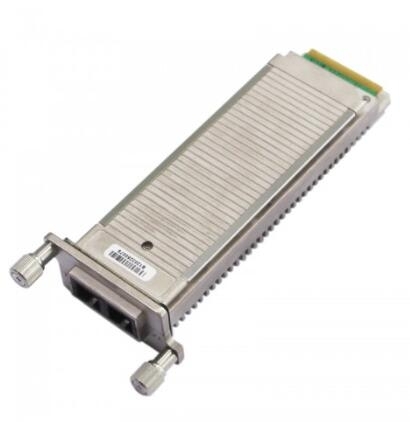- Related articles
- Optical Transceivers for Cisco WS-C2960+48TC-L Switch
- Optical Transceivers for Cisco WS-C3650-24PWD-S Switch
- Optical Transceivers for Cisco WS-C3750G-12S-S Switch
- 40GBASE-LR4 QSFP+ Transceiver Links: CWDM and PSM
- All Cisco ONS-SI-100-LX10's information (List price, Specs, Datasheet PDF, Compatibility m
- Optical Transceivers for Cisco WS-C3650-48PS-E Switch
- Applicable to 40GBASE-LRL4 Standard Optical Transceiver Models
- Optical Transceivers for Cisco N6K-C6001-64T Switch
- What is PCI Express SSD?
- Optical Transceivers for Cisco WS-C3650-48FWD-S Switch

Definition
The 40-Gigabit QSFP+ transceiver module is a hot-swappable, parallel fiber-optical module with four independent optical transmit and receive channels. These channels can terminate in another 40-Gigabit QSFP+ transceiver, or the channels can be broken out to four separate 10-Gigabit SFP+ transceivers. The QSFP+ transceiver module connects the electrical circuitry of the system with either a copper or an optical external network.
XENPAK is a multisource agreement (MSA), that defines a fiber-optic or wired transceiver module which conforms to the 10 Gigabit Ethernet(10GbE) standard of the Institute of Electrical and Electronics Engineers (IEEE) 802.3 working group. The MSA group received input from both transceiver and equipment manufacturers during the definition process. XENPAK has been replaced by more compact devices providing the same functionality.
Difference between XENPAK and QSFP+
XENPAK
- Compatible with SENPAK MSA Rev 3.0
- Support of IEEE 802.3ae 10GBASE-L
- XENPAK MSA package with duplex LC connector
- With Digital Diagnostic Monitor Interface
- Operating temperature range 0 to 70 degrees Celsius
- Hot Pluggable 70-PIN Connector with XAUI Electrical Interface
QSFP+
- QSFP+ MSA, SFF-8436 compatible
- Four independently addressable transmit and receive channels
- Highly compact: savings of 60% on edge and board usage compared to four comparable SFP+ modules
- Electrically hot-pluggable
- XFP-like latch mechanism for ease-of-insertion
- Digital Diagnostics Monitoring Interface. allows customer management and monitoring of key modules parameters, analogous to SFP+
- Optical connectivity via industry standard MPO/MTP terminated fiber ribbon
Applications
The QSFP+ transceiver is used primarily in short reach applications in switches, routers, and data centre equipment where it provides higher density than QSFP+ modules. The XENPAK offer customers a wide variety of 10 Gigabit Ethernet connectivity options for data center, enterprise wiring closet, and service provider transport applications.
Difference between QSFP and QSFP+
The QSFP+ switches have pervasive bandwidth requirements due to the tremendous growth in wireless devices are the catalyst for large-scale (100 Gbps) system designs in server farms. QSFP connectors transmit up to 25 Gbps per-serial-lane data rates with excellent signal integrity, relieving some of the pressure on core switches.
QSFP specification
The Quad Small Form-factor Pluggable (QSFP) is a compact, hot-pluggable transceiver used for data communications applications. The form factor and electrical interface are specified by a multi-source agreement (MSA) under the auspices of the Small Form Factor Committee. It interfaces networking hardware to a fiber optic cable or active or passive electrical copper connection. It is an industry format jointly developed and supported by many network component vendors, allowing data rates from 4x10 Gbit/s
Conclusion
Optical transceiver market is growing rapidly and expected to be worth billion dollars. Network designers confirm that big data technology in the data centre is a major contributor to this growth. A transceiver, as a necessary component in the data center, can help executives to get their data in real-time, thus people can make immediate decisions. This is why it’s so important to be aware of how transceivers help to support big data.























































